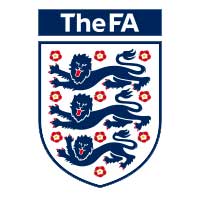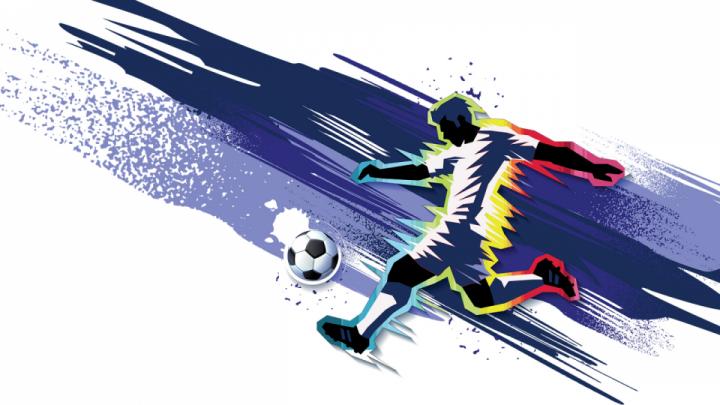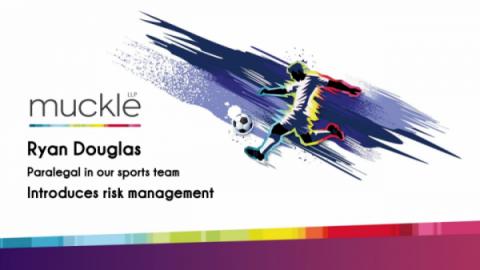
Related Downloads
FA Bitesize Guide introduction - Risk management
Ryan Douglas, paralegal in our sports team, introduces our FA guide on risk management.
Watch VideoAll VideosIn this easy guide, we outline the elements of risk management you need to know to effectively mitigate risks to your club.
1. Risk management in a nutshell
Risk management is about:
- Identifying risks.
- Assessing the likelihood of those risks occurring and the likely impact on your club should they arise.
- Taking steps to prevent the risks identified from occurring, or to minimise their impact on your club.
- Monitoring and reporting on the risks.
2. Types of risks
Risks come in all shapes and sizes and vary from club to club. Some types of risk that you may face include:
- Financial risks such as declining membership, reliance on a single source of funding, theft or fraud, inadequate reserves and cash flow, lack of insurance cover, inaccurate or limited financial records.
- Operational risks such as data breaches, human errors, lack of members, facility issues, difficulty securing assets, failure to recruit and retain suitably qualified and experienced volunteers/staff.
- Governance risks such as poor organisational structure, lack of diversity amongst board/committee members, lack of policies and procedures (or a failure to follow those).
- Health and safety risks such as injuries to players on the pitch, and injuries caused off the pitch due to faulty equipment or a hazard in the club’s facilities.
- Reputational risks such as disgruntled members posting negative comments about the club or its committee/board on social media.
3. Assessing the likelihood of risks arising and the potential impact of those
Once you have identified the risks that may arise in the context of your club, you should set them out in a risk register, and alongside each consider:
- The likelihood of that risk arising.
- The potential impact of that risk on the club if it does arise.
Some risk registers use a traffic light model with green (low risk), amber (medium risk) and red (high risk) assigned to each risk identified.
4. Preventing or mitigating risks
Of course, some risks can be prevented, and others cannot. Some effective ways to avoid or mitigate an impact on your club from certain risks include:
- Stopping – in other words, not taking on a contract or stopping a particular activity.
- Incorporating – incorporating your club can minimise the risk of your committee/board members being held personally liable for anything that goes wrong at the club. If you’d like more information, please see our bitesize guide "Incorporation and Legal Structures".
- Insurance – insurance provides protection against the financial impact of some risks. Popular insurance for clubs includes employer liability insurance, trustee indemnity insurance, public liability insurance and personal accident insurance.
- Diversifying income streams – consider new ways of fundraising and securing income.
- Policies and procedures – think about whether you have adequate policies and procedures in place and whether all those involved with the club are aware of those. Typical policies would include safeguarding, health and safety, complaints and whistleblowing, to name but a few. Consider also introducing codes of conduct for your committee/board members and others.
- PR and communications – develop a communications plan, both internal and external, to mitigate the impact that any significant risks that arise might have on your club’s reputation and relationship with its members, supporters and other stakeholders. If you don’t have a social media policy in place to explain to your members and committee/board what is and what is not acceptable, then it’s wise to consider developing one.
- Learning from mistakes – as a club, you should make sure you learn from any mistakes made. Try not to make the same mistake twice.
5. Monitoring and reporting
Your risk register shouldn’t be a static document. It should be continually reviewed and the right people should report back to the committee/board as and when appropriate. After all, it’s the committee/board who are ultimately responsible and accountable for anything that goes wrong.
Should a serious incident occur, you should consider who you need to contact externally e.g. the police, the FA, your County FA, the Charity Commission, the Information Commissioner’s Office. If a report needs to be made, do this as soon as possible.
Speak to our team
To speak to a member of our friendly sports team, please contact us at [email protected] or on 0191 211 7799.
get in touch






